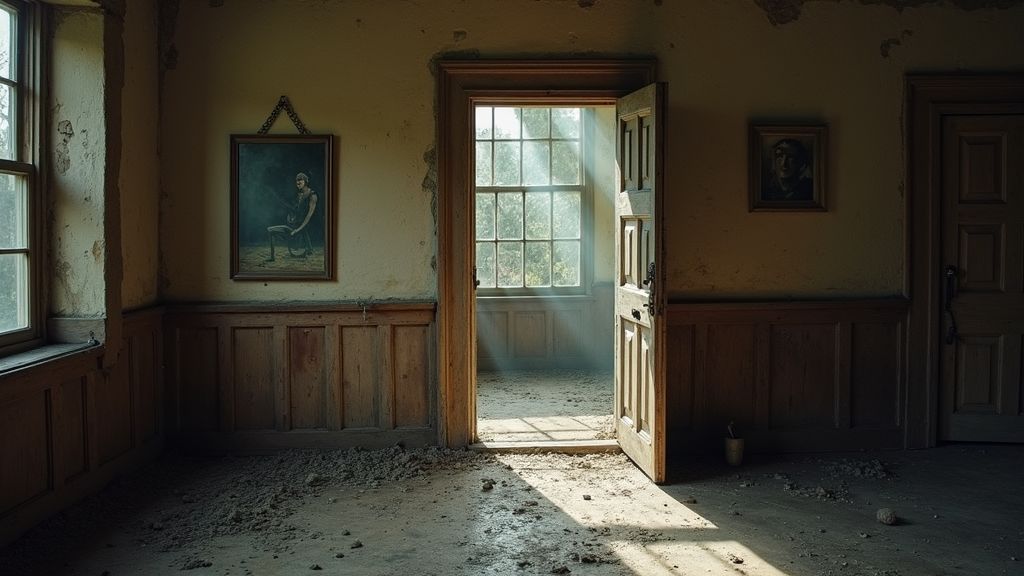When purchasing a home warranty, most homeowners feel a sense of security, believing their critical home systems and appliances are protected. However, these warranties can have limitations that catch even the savviest homeowner off guard. In this guide, we uncover twelve unexpected exclusions you might face, potentially saving you from costly surprises.

Routine Maintenance Tasks
Routine maintenance tasks are often mistakenly assumed to be covered by home warranties. However, these policies typically cover repairs resulting from unexpected malfunctions, not preventive care. Regularly servicing your HVAC system and cleaning your appliances ensures they work efficiently and minimizes the risk of issues developing outside warranty coverage.
Pre-existing Conditions
Similar to health insurance for humans, home warranties usually exclude pre-existing conditions. Before finalizing a home warranty agreement, have a thorough inspection to document the condition of your home's components, ensuring any issues are addressed upfront and don't jeopardize your coverage's validity.
Pest Infestations
One shocking omission from most home warranties is pest control. Damage from termites, rodents, or other pests can be extensive and expensive to manage. Homeowners should implement preventive measures and possibly invest in specialized pest control insurance to fill this gap.
Structural Defects
While warranties might suggest comprehensive protection, structural elements of your home, such as foundations, walls, and roofs, are generally not included. These areas can degrade over time or be compromised by environmental factors, so consider additional coverage tailored explicitly for structural components.
Plumbing Issues Beyond Simple Repairs
Though some plumbing repairs might fall under warranty, more significant issues related to plumbing infrastructure are often excluded. Repairs beyond minor leaks, especially those involving extensive work like repiping, typically aren't covered, and unforeseen costs can mount quickly.
Limitations on Appliance Age
Older appliances might not receive the same level of warranty protection as newer ones. Coverage often hinges on the appliance's age, and as systems near or exceed their lifespan, finding parts for repairs could be problematic, leaving homeowners with limited recourse.
Lack of Coverage for Permit Fees
Obtaining permits for repair or replacement work is a necessary part of maintaining compliance with local regulations, but these fees usually come out of the homeowner's pocket. Verify when coverage specifics around connected fees, like permits, should be accounted for in your overall maintenance budget.
External Elements and Landscaping
Home warranty plans generally focus on internal systems and appliances, leaving landscaping and outdoor fixtures unprotected. Damage to irrigation systems, patios, or outdoor utilities falls outside typical coverage, often requiring additional specialized policies for complete peace of mind.
Problems from Improper Installation
Any issues arising from poor installation practices are typically not the responsibility of the home warranty provider. This exclusion underscores the importance of ensuring installations are completed by qualified professionals, potentially being examined upon warranty initiation to avoid later disputes.
Consequential Damages
Consequential damages, like mold growth resulting from a water leak, usually aren't acceptable claims under a standard policy. This leaves homeowners liable for resolving corollary situations that develop as a byproduct of an initial repair need, highlighting the importance of promptly addressing emerging problems.
Environmental Modifications
Upgrades or changes necessary to accommodate environmental needs, such as installing more efficient energy systems or meeting new safety standards, usually don't qualify for coverage. Homeowners should anticipate these updates and adjust their budgetary allocations accordingly.
Cosmetic Repairs
While functional problems might be addressed, aesthetic damages and cosmetic repairs don't typically benefit from coverage. If the main living areas incur cosmetic scratches, dents, or require painting and minor patchwork, these are often left to homeowners to resolve, ensuring the home retains its visual appeal as well as structural integrity.